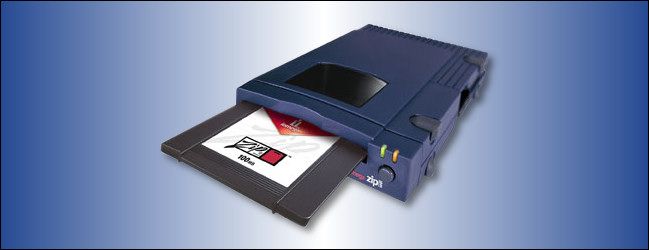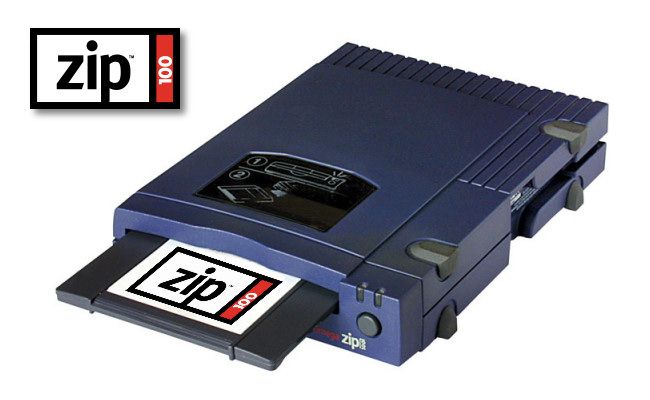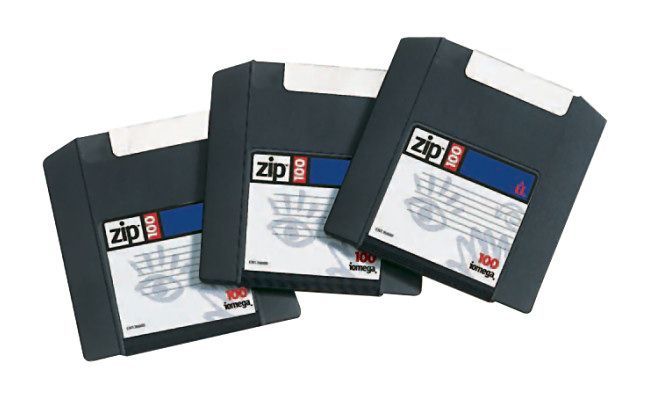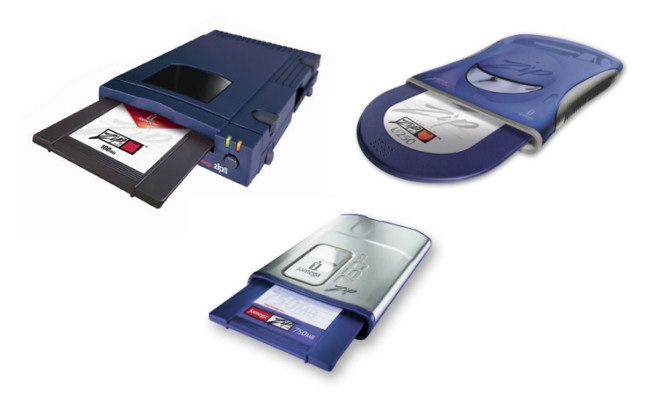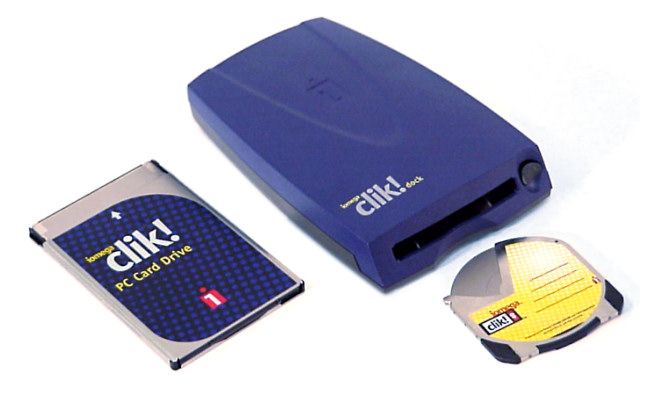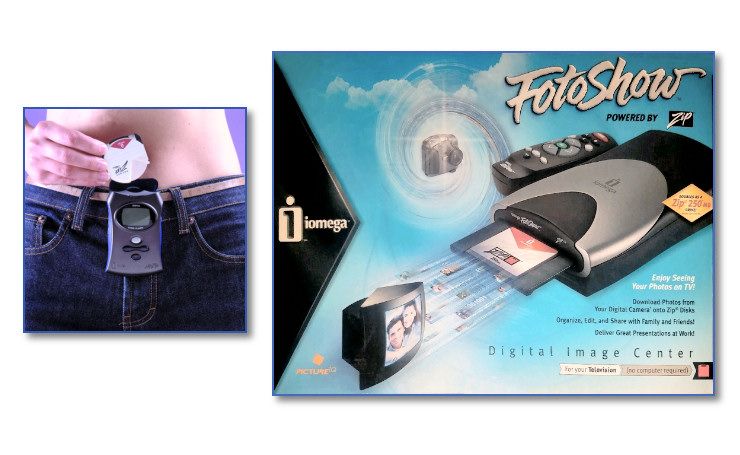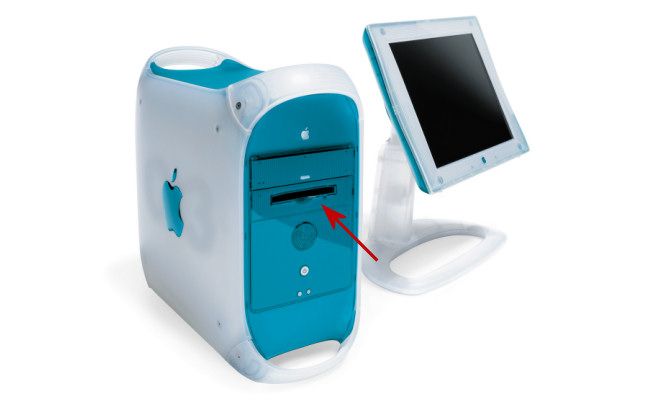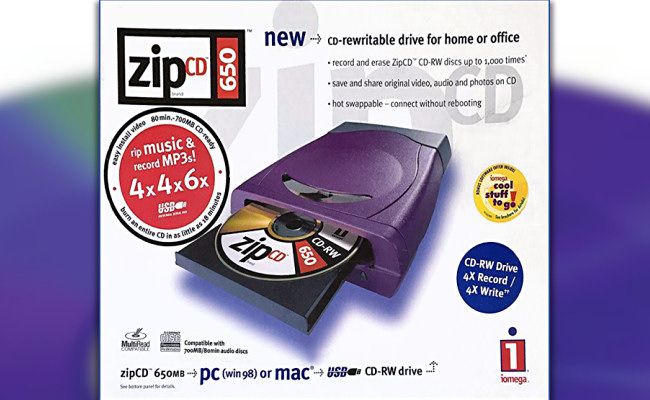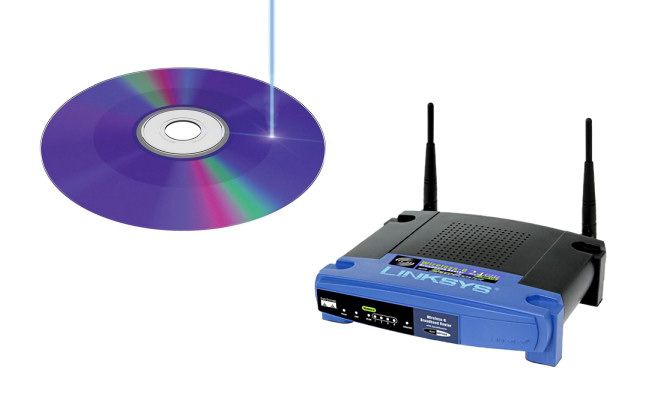Quick Links
The year is 1995. You're stuck with slow floppy disks that only hold 1.44 MB of data. But there's an exciting new technology: Zip drives, which can hold 100 MB and free you from floppy disks!
Now, 25 years later, we look back at Iomega's Zip technology and its history. Did you know some industries still use Zip drives?
Why Zip Drives Were Exciting
Again, in 1995, when compared with the standard floppy disk, the Zip drive felt like a revelation! It allowed people to back up their hard drives and transfer large files with ease. At launch, it retailed for around $199 (about $337 today, when adjusted for inflation), and the disks sold for $19.95 apiece (about $34 today.)
Zip drives were originally available in two versions. One used a Windows- or DOS-based PC's parallel printer port as its interface. The other used the higher-speed SCSI interface common on Apple Macintosh computers.
Zip proved phenomenally successful during its first year on the market. In fact, Iomega had trouble keeping up with the demand for both drives and disks.
To celebrate its 25th birthday, let's take a look at what made Zip so zippy, how the brand changed over time, and what eventually killed it.
A Stylish Design
Compared to the standards of the day, the original Zip drive's industrial design felt cool and modern. Its deep indigo color stood out in a world of beige PCs and Macs. Small and light, the drive measured about 7.2 x 5.3 x 1.5 inches and weighed under one pound.
Zip's design bristled with smart touches, including two sets of rubber feet, so people could position the drive vertically or horizontally. You inserted the power plug at a right angle. It followed a deep channel out to the back of the unit to prevent accidental unplugging when the drive was reading or writing data. You could see the label of an inserted disk without ejecting it thanks to a window on top of the drive.
Iomega later introduced an internal version of the ZIP drive that fit in a standard 5.25-inch drive bay, but the external models (shown above) remained more popular.
The Original Zip Disks
After you formatted Zip's original 100 MB disks (in MS-DOS or Windows), they stored about 96 MB of data. Measuring 4 x 4 x 0.25 inches, they were only slightly larger than the 3.5-inch floppies. They had a hard, rugged shell with a spring-loaded metal shutter.
Like the 3.5-inch floppy, each Zip disk contained rotating flexible magnetic media inside. But unlike the floppy, this disk spun at a very high 2,968 RPM, which allowed the much faster data transfer rates.
Three Sizes of Zip
Over its lifespan, the Zip brand had three disk sizes. After the initial 100 MB drive, Iomega released a 250 MB (above, right) in 1999 for $199. In 2002, the company launched the Zip 750 (above, center) for $180. This drive utilized 750 MB disks but remained backward-compatible with the 100 and 250 MB disks.
With the 750 MB drive, Zip disks surpassed the 650 MB capacity of a CD-R for the first time. This captured attention in the press, but it arrived too late to make much of a difference in the market.
PocketZip
In 1999, Iomega introduced Clik!---a small, pocket-sized removable storage system. It utilized very small (approximately 2 x 2 x 0.7 inches) magnetic floppy disks and equally small drives, including one that fit into a standard PCMCIA card slot. Each disk held 40 MB of data.
After the "click of death" on the 100 MB Zip drives spread through the media, Iomega changed the name of the Clik! format to PocketZip in 2000.
The format was intended to be used with small personal electronic devices, such as digital cameras and portable music players. However, due to competition from rugged, compact flash media cards with no moving parts, Iomega's tiny format never took off.
Zip Oddities
Iomega tried several times to build on the Zip technology and brand, and diversify its product line. One of its most notable items remains the HipZip (2001). This pocket-size portable MP3 player used 40 MB PocketZip disks as media. But its lackluster interface software and heavy competition from hard-drive-based players rendered it unsuccessful.
FotoShow (2000)---a glorified 250 MB Zip drive with a composite TV output that served up still image slideshows from Zip disks---was another interesting attempt. It was intended for business presentations and people who wanted to show their family photos on a TV. While it was a clever idea, its clunky, slow software held it back.
A Graphic Design Killer-App
In the late '90s and early '00s, several of Apple's Power Mac G3 and G4 desktop computers included an internal Zip drive option. Not long after launch, Zip disks found a killer application with graphic designers (who commonly used Macs). The disks became the de facto standard for transferring high-resolution artwork between machines or to printshops.
After most of the world had forgotten about Zip disks, graphic designers still commonly used them.
ZipCD
The price of a single recordable CD-R dropped from $100 to $10 during the '90s. By the end of the decade, you could get one for just a few cents. Each CD-R held 650 MB of data---6.5 times more than the standard 100 MB Zip disk.
As competition for inexpensive CD-R drives heated up, Iomega decided to market its own CD-R drive under the Zip brand.
ZipCD 650 (2000) initially sold well, but it quickly gained a bad reputation for unreliability. Iomega sold several other ZipCD and CD-R drives under other brand names later, but none could capture the market the 100 MB Zip drive once held.
What Killed Zip Drives?
The introduction of widespread, inexpensive CD-R drives and media---which could be read by any standard CD-ROM drive---began to eat away Zip's market share for removable backups. Businesses also started installing local area networks (LANs) in ever-increasing numbers. LANs allowed large file transfers between machines without any removable media at all.
Compared to these new options, a proprietary removable floppy drive was far less attractive.
In the '00s, additional competitors emerged, including DVD-R drives, broadband internet access, and removable flash USB sticks. At that point, Zip disks had already become largely irrelevant for most people.
Amazingly, though, even 25 years later, Zip is not entirely dead. According to Wikipedia, some aviation companies still use Zip disks to distribute data updates for airplane navigation systems. For a while, vintage computer enthusiasts (Atari, Mac, Commodore) also often used SCSI Zip drives to quickly transfer data, although that has now largely been replaced by flash media interfaces.
While few people still use Zip media, the format did shine brightly in the 1990s. So, happy birthday, Zip!
ZIP Memories
Did you use a ZIP drive back in the day? What did you use it for? We'd love to hear about your ZIP memories---good, bad, or otherwise---in the comments below.

